Low-salt foods you must know
It is well known that excessive intake of table salt (sodium chloride, NaCl) increases the risk of hypertension. More than that, excessive salt intake may also be related to gastritis, gastric cancer and certain respiratory diseases. Many people may not know that the cause of the above problems with salt is "sodium" ( Na). In other words, excessive intake of "sodium" is harmful to health.
The fact that people generally don’t understand or pay attention to it is that in addition to salty foods such as salt, soy sauce, pickles and so on, many daily foods also contain a lot of sodium. Such as instant noodles, biscuits, bread, noodles, cut noodles, fried dough sticks, snacks, snacks, monosodium glutamate, chicken essence... It is precisely because a large amount of sodium is hidden in daily food that may be detrimental to health. The "Food Nutrition Labelling Management Measures" issued in 2008 specifically stipulates that sodium is one of the four "core nutrients" to be indicated in the food nutrition label. One.
Reducing salt intake, reducing sodium intake, and reducing the intake of high-salt or high-sodium foods have important health significance. Now, there are many low-salt or low-sodium foods on the market, but unfortunately they are not known by everyone. Listed here are some products that usually contain large amounts of table salt, so once processed with low salinity, they are of particular interest.
1. Low sodium salt
is to replace part of the sodium chloride salt with part of potassium chloride and magnesium chloride. Its saltiness is equivalent to ordinary table salt, but the sodium content is reduced by 1/4~1/3. Except for a small number of patients with chronic renal insufficiency, this low-sodium salt can be used as a substitute (partially or completely). My family has been using this low-sodium salt for many years.
2. Low-salt shrimp skin
shrimp skin is rich in calcium and has always been regarded as a calcium supplement food. However, in order to preserve, a large amount of salt is added during the processing of ordinary shrimp skin, which is relatively salty. This severely limits the consumption of shrimp skin. There are lightly dried (without added salt) shrimp skins on the market. It is recommended for those who want to supplement calcium with shrimp skins.
3. Low-salt bean curd
Tofu is good in nutritional value. I also like to eat tofu very much, but ordinary tofu is very salty and salty, and contains a lot of salt , Which made me have to be careful to avoid eating too much. Now, the appearance of low-salt bean curd makes me feel more at ease.
4. Low-salt soy sauce
Common soy sauce salt content is generally 17% to 20%, which is equivalent to 1g of salt in every 5mL of soy sauce. The salt content in low-salt soy sauce has decreased, and the reduction of products of various brands is different. Some low-salt soy sauce has a reduced salt content of 50%, and some "salt-limited soy sauce" has been reduced by 20%. The other flavoring ingredients in low-salt soy sauce are basically unchanged.
5. Low-salt mustard (pickled cabbage)
salt has an important antiseptic effect in pickled pickles such as mustard, so low-salt mustard (pickled cabbage) has to add more other preservatives Agents, such as sodium benzoate, to increase shelf life. At the same time, in order to improve the taste of low-salt mustard, it is necessary to add various additives such as MSG, cyclamate, pepper, sodium saccharin, lemon yellow, spices, acesulfame (mostly contain sodium). In this way, the health effects of low-salt mustard are greatly reduced. Moreover, the taste of low-salt mustard has lightened, the consumption has increased, and the absolute amount of salt intake is only a lot. In addition, mustard has no nutritional advantages, so low-salt mustard is a "pseudo-concept" in my opinion.
It must be pointed out that some foods that claim to be low in salt or low in sodium are not low in sodium. There is a certain national standard for whether low sodium is used. In addition, for the control of salt or sodium intake, in addition to selecting low-salt foods, controlling salt intake and paying attention to the sodium content on the packaged food label may be more important.
Related Articles
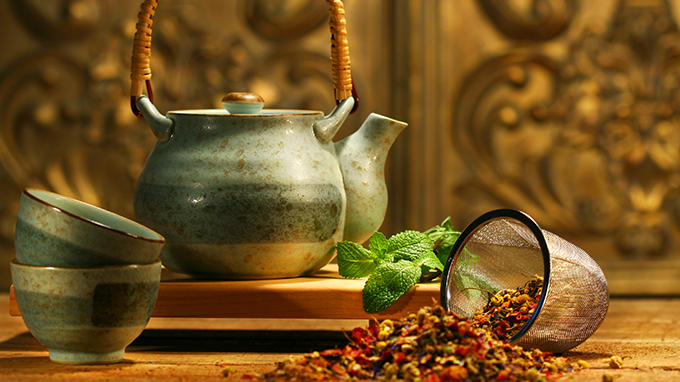
- Can I drink tea for pregnancy
- Pregnancy is the most important event in a woman’s life. How to get pregnant smoothly and how to conceive a healthy baby is a problem that every couple and every family are very concerned a
- 2020-08-03
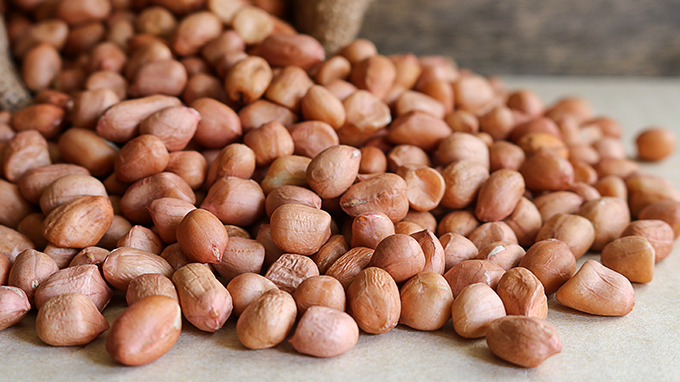
- What are the nutritional characteristics of nuts
- Nuts are one of the small foods that people like very much nowadays. They are rich in nutrients, high in protein, oil, minerals, and vitamins. They have excellent effects on human growth an
- 2020-08-03
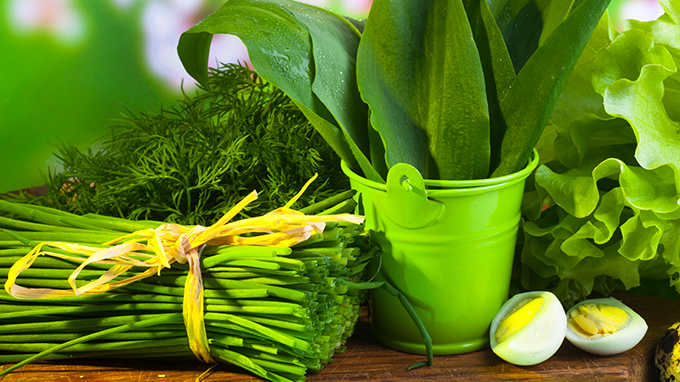
- Celery leaves
- It is a habit of many people to eat celery and not to eat leaves. I think the leaves are just scraps. In fact, it is just wrong here. Almost all vegetables with leaves have a common featur
- 2020-08-03

- Is a cookie a nutritious food
- Biscuit is the most common snack food, but if it is said that biscuit is not nutritious, it seems to have aggrieved it. Every food has nutrients, even instant noodles or biscuits.
- 2020-08-03
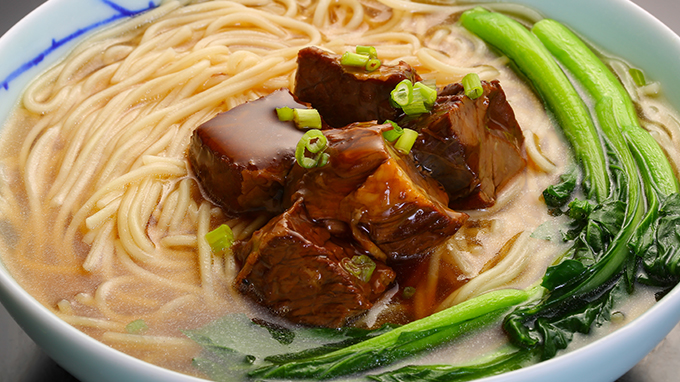
- How to make a quick nutritious breakfast
- People often say that eating like an emperor for breakfast, like an aristocrat for lunch, and like a beggar for dinner will be healthier. How can I prepare a nutritious breakfast in 15 min
- 2020-08-03
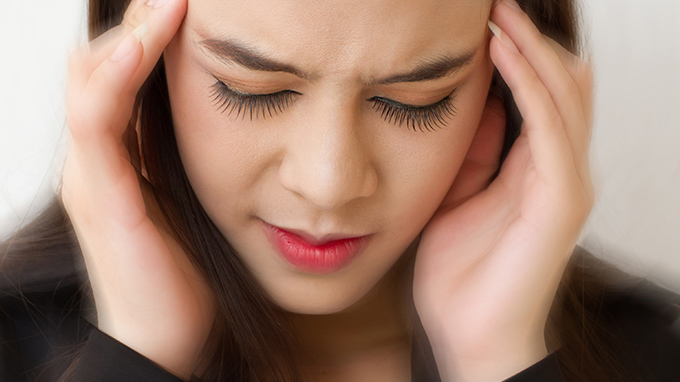
- Can gout drink alcohol?
- Patients with gout should drink more water than wine. Gout diet is stricter, and even exceeds the dietary contraindications of diabetes, hypertension and high blood fat. Strict dietary tabo
- 2020-08-03
